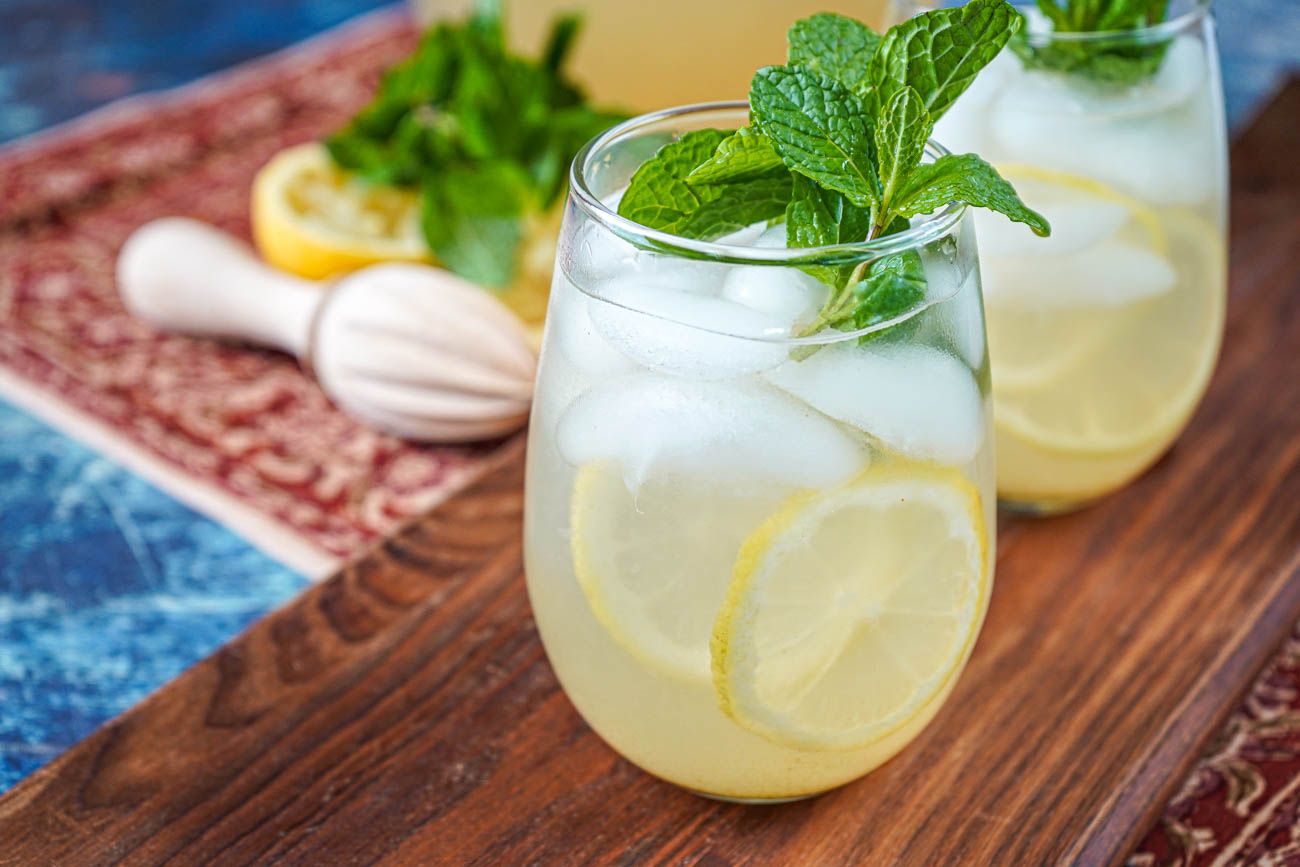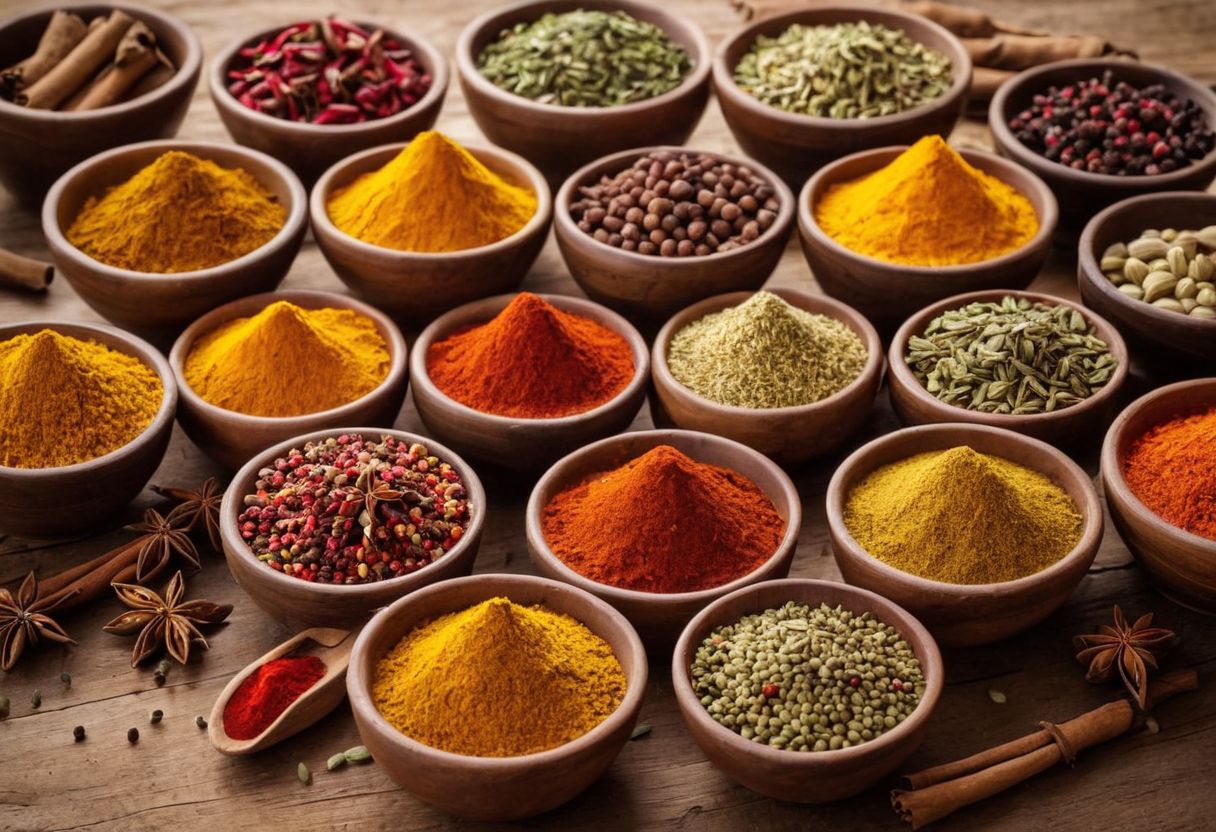As the sun climbs higher and the days grow warmer, there’s nothing quite like a glass of Indian lemonade to quench your thirst.
But have you ever wondered what makes this vibrant drink so uniquely delicious and refreshing?
Indian lemonade, commonly known as Nimbu Pani or Shikanji, is a sweet and tangy beverage made from a blend of lemon juice, spices, salt, sugar, and water, often garnished with mint for an extra zing.
In this blog, we’ll dive into the delightful world of Indian lemonade, exploring everything from its cultural significance and essential ingredients to various recipes and health benefits, ensuring you can craft the perfect summer refreshment right at home.
What is Indian Lemonade (Shikanji/Nimbu Pani)?

Indian lemonade, known as Shikanji or Nimbu Pani, is a beloved beverage across India, cherished not only for its refreshing taste but also for its cultural significance. This drink, traditionally made from a simple mix of lemon or lime juice, water, sugar, and salt, varies slightly in its preparation from one region to another. It’s a staple at social gatherings, often served to guests as a symbol of welcome and hospitality.
The preparation of Shikanji and Nimbu Pani involves more than just quenching thirst; it’s a delightful ritual that brings people together. The basic recipe might be enhanced with spices such as roasted cumin, black salt, and chaat masala, making it a versatile drink suitable for different palates and occasions. Whether it’s a hot day or a special celebration, a glass of this spiced lemonade can make any moment a bit more special.
Shikanji vs. Nimbu Pani: Understanding the Differences

While Shikanji and Nimbu Pani might appear similar, they have subtle differences primarily influenced by regional preferences. In southern and western India, the drink is commonly referred to as Nimbu Pani and typically includes lemon or lime juice, sugar, salt, and water. In contrast, North India’s Shikanji might include a variety of spices like chaat masala, black salt, and sometimes cumin, giving it a distinctively spiced flavor. These variations cater to local tastes and often reflect the culinary traditions of each area.
Essential Ingredients for Crafting Indian Lemonade
Crafting the perfect glass of Indian lemonade, known locally as Nimbu Pani or Shikanji, begins with understanding its essential ingredients. At its core, this refreshing beverage combines lemon juice with water, sugar, and salt. These basic components can be found in kitchens around the world, making Indian lemonade an accessible treat for anyone looking to enjoy a burst of tangy sweetness. The simplicity of the ingredients belies the delightful complexity of the drink’s flavour.
To elevate the traditional recipe, additional spices such as roasted cumin powder, chaat masala, and black salt (kala namak) are often incorporated. Each of these ingredients adds a unique dimension to the lemonade, enhancing its taste and making it a versatile drink suitable for various occasions. Whether served at a casual family gathering or as a welcoming drink to guests, these spices transform simple lemonade into an exotic refreshment.
How to Make Indian Lemonade: A Step-by-Step Guide
To make Indian lemonade, start by juicing four fresh lemons to yield about one cup of lemon juice. In a large jug, combine this juice with three glasses of chilled water and one glass at room temperature. Add six teaspoons of sugar, or adjust according to your taste, and stir until the sugar dissolves completely.
Next, enhance the flavour by adding a pinch of salt and a pinch of cumin seeds powder. Stir the mixture thoroughly. For a refreshing twist, add crushed ice cubes and a few mint leaves. Serve the lemonade in chilled glasses, garnished with lemon slices and sprigs of mint to add a touch of elegance and extra flavour.
Pro Tips for Perfecting Your Indian Lemonade
When perfecting your Indian lemonade, consider these pro tips: taste as you go and adjust the sweetness or tartness according to your preference. The balance of flavours might change slightly as the ice melts, so keep this in mind if preparing the lemonade in advance. For an aromatic twist, a pinch of black salt or roasted cumin can significantly enhance the drink’s flavour profile.
Creative Variations of Indian Lemonade Recipes
For those looking to experiment with Indian lemonade, there are numerous creative variations to explore. One popular twist is to replace plain water with soda water, adding a fizzy texture to the drink. Alternatively, for a sweeter version, replace sugar with honey or maple syrup. These substitutions not only alter the drink’s texture but also its flavour dynamics.
Another delightful variation involves adding different spices or garnishes. Black pepper, pureed mint, or a sprinkle of chaat masala can transform the basic lemonade into a whole new experience. Each ingredient offers a unique twist, allowing you to customize the drink to suit different tastes and occasions. Whether you’re serving it at a party or enjoying a quiet afternoon at home, these variations ensure that Indian lemonade never gets boring.
Nutritional Profile of Indian Lemonade
Indian lemonade, or Nimbu Pani, is not only a refreshing summer drink but also a beverage with a surprisingly low caloric impact. A typical serving of Indian lemonade, which includes about 240 ml, contains approximately 99 kcal. This makes it an excellent choice for those who are mindful of their energy intake but still want to enjoy a sweet and tangy refreshment during the hot summers.
The nutritional profile of Indian lemonade is enhanced by its minimal fat content and moderate sugar levels. A standard cup offers around 0.1g of fat and 24.73g of sugar. While the sugar content might seem high, it is considerably lower than many commercial soft drinks, making Nimbu Pani a relatively healthier option. The drink also provides trace amounts of protein and a small boost of potassium, which is essential for muscle function.
Health Benefits of Indian Lemonade
One of the standout health benefits of Indian lemonade is its hydration capability, crucial during hot summer days. The base of the drink, lemon, is rich in vitamin C, known for its immune-boosting properties. Regular consumption can help in maintaining a robust immune system, which is vital for overall health. Additionally, the inclusion of spices like cumin and chaat masala in some recipes can provide digestive benefits, aiding in better digestion and metabolism.
Moreover, Indian lemonade can be a natural remedy for replenishing electrolytes after physical activities or mild dehydration conditions. The combination of salt and sugar in the beverage helps in quickly restoring the body’s salt balance, making it an excellent drink post-workout or after any physical exertion. This aspect of Nimbu Pani not only refreshes but also revitalizes the body, offering a natural alternative to commercial electrolyte drinks.
Best Ways to Serve Indian Lemonade
Serving Indian lemonade not only refreshes but also enhances the dining experience. Presentation is key; serve it in clear glasses to showcase its vibrant color, garnished with mint leaves and a slice of lemon. For pairing, Indian lemonade goes wonderfully with spicy street foods or light snacks like samosas or chaat, balancing their heat and complexity with its cool, tangy flavor.
Storing Indian Lemonade: Tips and Tricks
To store Indian lemonade effectively, ensure it is cooled to room temperature before transferring into a clean, airtight container. Keep it in the fridge and aim to consume within 48 hours for optimal freshness. If you’ve added fresh ingredients like mint or ginger, remove them before storage to prevent a bitter taste. Always use a clean spoon to serve it to maintain its refreshing zest.
Discover Indian Lemonade on a Culinary Tour with INDULGE
Imagine sipping on a refreshing glass of Indian lemonade, known as Nimbu Pani, while exploring the vibrant streets of Zurich on a culinary tour with INDULGE. This delightful beverage, blending tangy lemon with a hint of spices, can be a highlight on your gastronomic journey. INDULGE offers a unique opportunity to explore such international flavours, seamlessly integrating them into their guided tours around Zurich’s culinary hotspots.
On these tours, not only do you get to taste Swiss delicacies, but also international favourites like Indian lemonade. Here’s what makes the experience with INDULGE special:
- Guided by local experts, ensuring an authentic culinary experience.
- Introduction to a mix of local and international cuisine, perfect for palate adventurers.
- Engaging storytelling about the dishes’ origins and their cultural significance.
This integration of diverse culinary traditions makes each sip and bite not just a meal, but a story unfolding the rich tapestry of global cuisine right in the heart of Zurich.
Frequently Asked Questions
What is Shikanji made of?
Shikanji is made from a mix of lemon or lime juice, water, sugar, and salt. It can also include a variety of spices like chaat masala, black salt, and sometimes cumin, which gives it a distinctively spiced flavour.
What is nimbu pani made of?
Nimbu Pani is traditionally made from a simple mix of lemon or lime juice, water, sugar, and salt. This blend forms a refreshing beverage that is commonly enjoyed across various regions of India.
What is the difference between nimbu pani and Shikanji?
The difference between Nimbu Pani and Shikanji primarily lies in their regional variations and spice content. Nimbu Pani, typically found in southern and western India, usually consists of lemon or lime juice, sugar, salt, and water. Shikanji, popular in North India, often includes additional spices such as chaat masala, black salt, and sometimes cumin, giving it a more spiced flavour profile.
What does nimbu pani taste like?
Nimbu Pani tastes tangy and sweet, with a refreshing simplicity that makes it a popular drink for hot days. The basic ingredients of lemon or lime juice mixed with water, sugar, and a pinch of salt create a delightful balance of flavours that is both thirst-quenching and revitalising.








